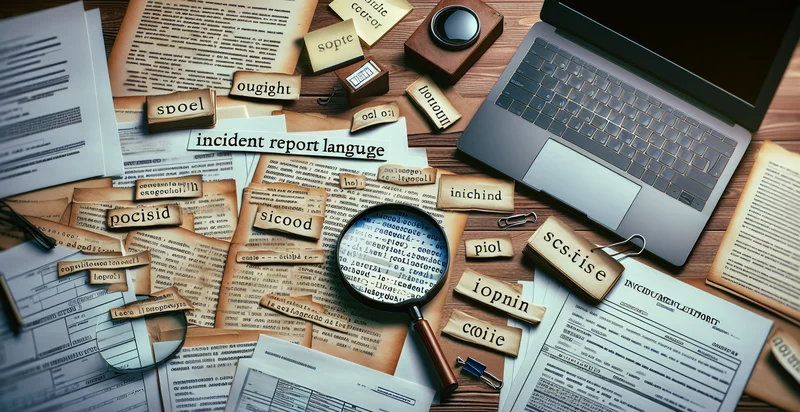Identify language of accident report
using AI
Below is a free classifier to identify language of accident report. Just input your text, and our AI will predict the category of the accident report - in just seconds.

Contact us for API access
Or, use Nyckel to build highly-accurate custom classifiers in just minutes. No PhD required.
Get started
import nyckel
credentials = nyckel.Credentials("YOUR_CLIENT_ID", "YOUR_CLIENT_SECRET")
nyckel.invoke("language-of-accident-report", "your_text_here", credentials)
fetch('https://www.nyckel.com/v1/functions/language-of-accident-report/invoke', {
method: 'POST',
headers: {
'Authorization': 'Bearer ' + 'YOUR_BEARER_TOKEN',
'Content-Type': 'application/json',
},
body: JSON.stringify(
{"data": "your_text_here"}
)
})
.then(response => response.json())
.then(data => console.log(data));
curl -X POST \
-H "Content-Type: application/json" \
-H "Authorization: Bearer YOUR_BEARER_TOKEN" \
-d '{"data": "your_text_here"}' \
https://www.nyckel.com/v1/functions/language-of-accident-report/invoke
How this classifier works
To start, input the text that you'd like analyzed. Our AI tool will then predict the category of the accident report.
This pretrained text model uses a Nyckel-created dataset and has 42 labels, including Arabic, Bengali, Bulgarian, Croatian, Czech, Danish, Dutch, English, Estonian and Filipino.
We'll also show a confidence score (the higher the number, the more confident the AI model is around the category of the accident report).
Whether you're just curious or building language of accident report detection into your application, we hope our classifier proves helpful.
Related Classifiers
Need to identify language of accident report at scale?
Get API or Zapier access to this classifier for free. It's perfect for:
- Accident Report Processing: This function can be used to automatically classify and identify the language of accident reports submitted by various sources. It streamlines the processing workflow by allowing organizations to quickly route reports to the appropriate language-based processing teams, enhancing efficiency.
- Multilingual Compliance Monitoring: Businesses operating in multiple regions can utilize this function to ensure that accident reports comply with local language regulations. By analyzing the language, companies can ensure adherence to regulatory guidelines, minimizing legal risks associated with miscommunication.
- Data Analysis and Insights: The language identifier can help organizations analyze trends in accident reports across different languages. By categorizing reports by language, businesses can gain insights into regional safety issues and tailor their safety protocols accordingly.
- Incident Response Automation: Emergency response systems can implement this function to identify the language of incoming accident reports in real-time. This ensures that the appropriate responders, fluent in that language, are dispatched quickly to manage the situation effectively.
- Enhanced Customer Support: Companies receiving accident reports from customers can leverage this function to quickly identify the language of the report. By doing so, they can route the report to support staff who speak the same language, improving customer satisfaction through responsive communication.
- Translation Prioritization: Organizations can use the language identifier to prioritize which accident reports require translation services. By assessing the language needs, companies can allocate resources efficiently, ensuring that critical reports in less common languages receive prompt attention.
- Training and Development: The function can be used to inform training programs for employees who handle accident reports. By understanding the distribution of languages used in reports, organizations can develop targeted training that equips their teams with necessary language skills for improved communication and service delivery.


